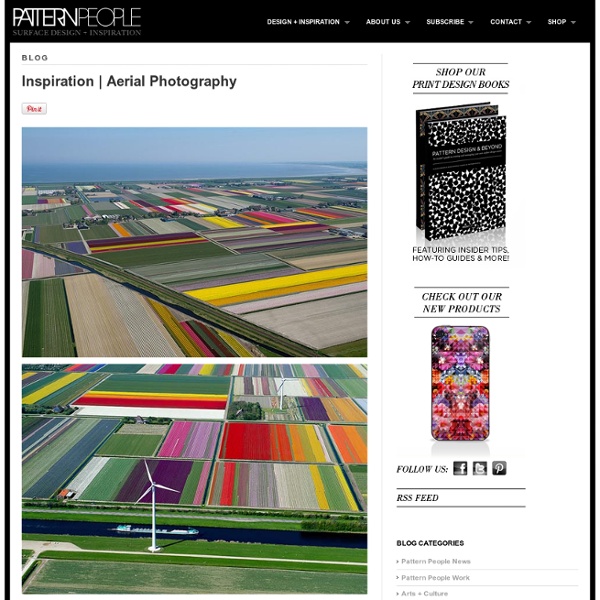CxC - Childfree by Choice — Faith Popcorn's BrainReserve
Redefining Tomorrow’s Family The nuclear family is detonating “As American as Mom and apple pie,” the saying used to go.
Handmade Leather & Oak Goods from by Wirth
Digging these handmade goods from Danish design company by Wirth who takes leather and oak and crafts simple, yet practical home furnishings. On this wall shelf, a wooden peg slides through the leather to secures the shelves in their place. This wooden trivet doubles in size when it’s unfolded pulling double duty when you have larger hot pans.
Five graphs that explain the EU 2030 energy and climate deal
David Cameron joins other EU leaders on Thursday to decide a new set of energy and climate targets for Europe for the first time in half a decade. On the table are three new targets for 2030. The big one is a binding goal of getting Europe’s emissions down 40% on 1990 levels, a cut that international observers and environmentalists say is unambitious. Here’s the chart that explains why – the pink line is what the bloc’s 28 countries are already on track for, and the green is where emissions should end up with the target: The UK is happy with a 40% carbon cut. That’s not surprising, given it has already set its own legally-binding target of a 50% cut for three years earlier than the EU goal, and the country’s emissions are on a downward long-term trend:
s Trend Briefing covering "7 Consumer Trends To Run With In 2014"
Growing numbers of consumers can no longer escape an awareness of the damage done by their consumption: to the planet, society, or themselves. But a mixture of indulgence, addiction and conditioning mean that most can’t substantially change their consumption habits. The result? A never-ending guilt spiral. Which creates exciting opportunities for brands that combine tackling this guilt spiral with consumers’ endless status seeking (still the driving force behind all consumer behavior). Indeed, GUILT-FREE STATUS will be the ultimate indulgence in 2014.
MoMo Modular Furniture by TACADI
MoMo [mobiliario modular], is a flexible modular furniture that seeks to merge the concepts of solid and ethereal, creating practical and minimalist space configurations. Elegant and synthetic, MoMo’s noble materials combine orthogonal wooden structural lines, guided by copper nodes and a soft and flexible felt skin. The collection is conceived as an open system which includes four different modules; chair, deck chair, book shelf and table. These can stand alone or be joined and combined with each other, creating a dynamic system. The variety of uses and combinations, generate a solid, and at the same time ethereal perception of the product. Just when you thought that your furniture was meant to stay immutable, MoMo brings you the chance to experiment introducing the evolution of furniture.
This Machine Lets You Recycle Plastic Bottles Into Clothes at Home
Wish sorting your plastic empties was more…glamorous? Hungarian designer Kovács Apor imagines a future where we routinely transform plastic bottles into clothes, right in the comfort of our homes. “PETE,”, one of six finalists in this year’s Electrolux Design Lab is a wall-mounted household appliance that Apor conceived as a way to reduce plastic waste. The idea first struck him on a rainy-day excursion to Romania’s Danube Delta, whose churning waters left a mass of discarded plastic bottles in their wake. “It was sad to think that when the Danube recedes, the land is going to be filled with [polyethylene] bottles,” Apor writes in his proposal.
International Trend Interpretation Agency
Babyboomers are the biggest, wealthiest and most dominant generation. They are still very active, especially when compared to the generations before them. Kids start moving out, careers and working hours are toned down and self exploration is high. They have time, money and the network to optimally profit from their new free time. Boomers also spend a lot of time and effort in trying to stay healthy, by eating the right products and keeping up maintenance. All to stay as young and active as possible.
1.5 Million Stitch Sweatshirt by Ashley Marc Hovelle
About this project Risks and challenges Challenges: Ensuring every sweatshirt has at least 1.5 million stitches due to size differences! Consistency and quality control of embroidery are crucial. Risks: Production errors or defects.
Patagonia Debuts Upcycled "Truth to Materials" Capsule Line
“Truth to Materials is about discovering the origin of a material and staying as true to that as possible during every step of design and manufacturing,” he says. “The clothes in this collection represent a deeper dive into the progress Patagonia has already made—with materials like organic cotton and recycled polyester—but with less dyeing and processing, fewer virgin resources, and an even greater focus on craftsmanship.” Patagonia partnered with kindred companies to bring its collection to fruition. Italy’s Figli di Michelangelo Calamai supplied the reclaimed wool, which it creates from discarded wool sweaters that have been shredded into usable fiber, then mixed with polyester and nylon for reinforcement. RELATED | Patagonia Wants to Promote a “Responsible Economy”



